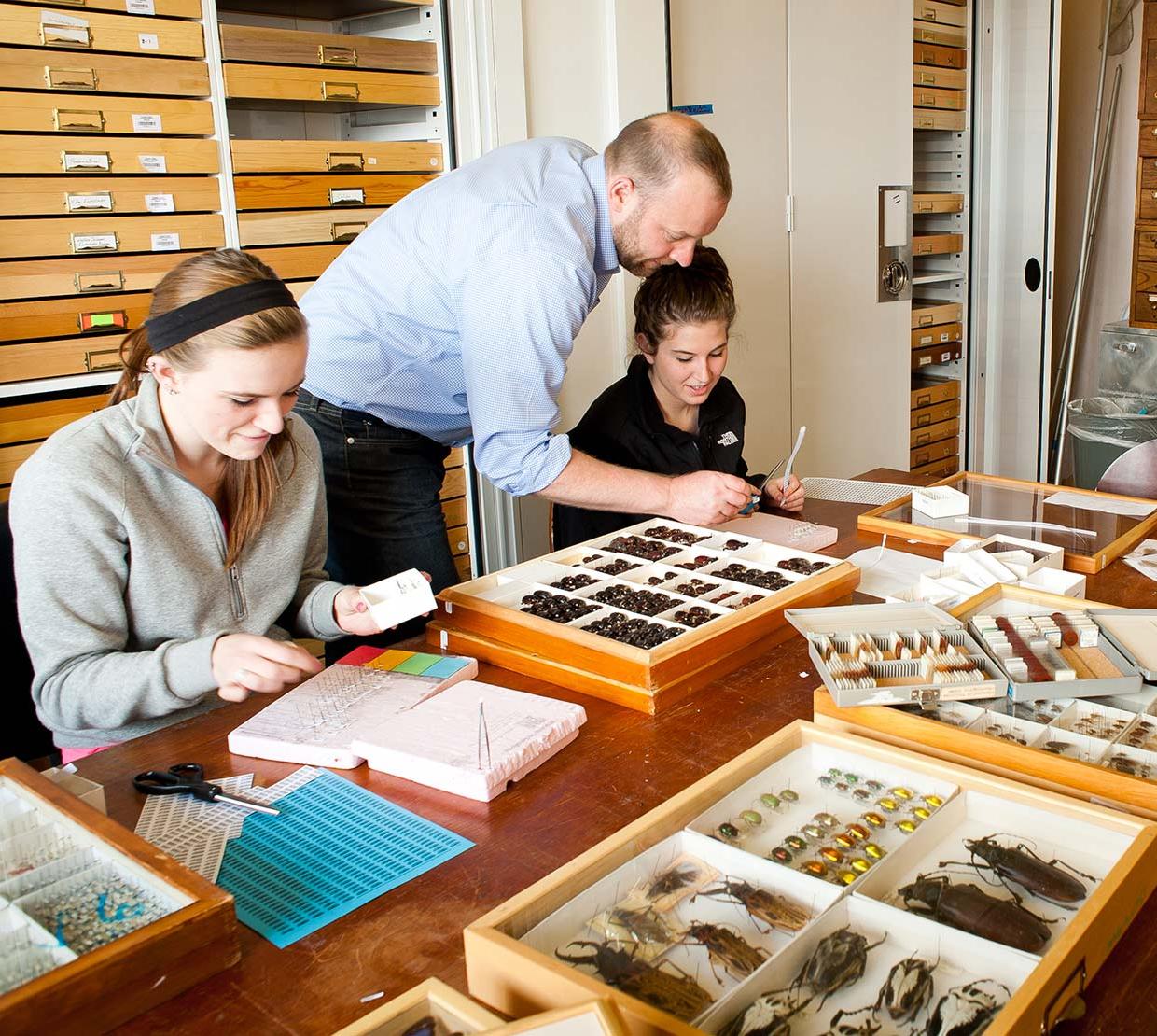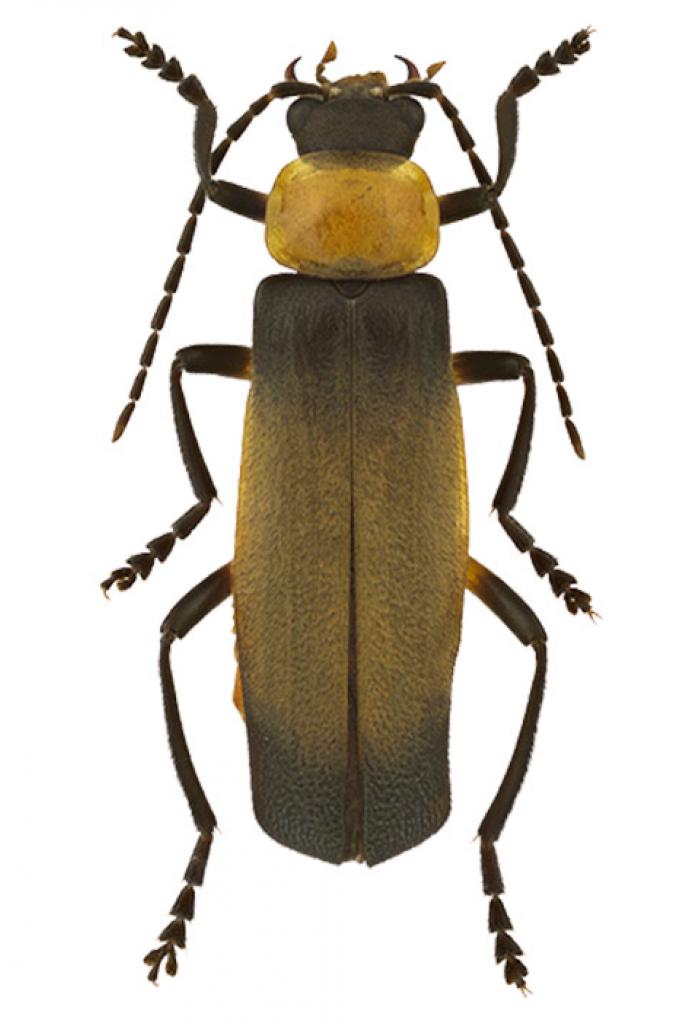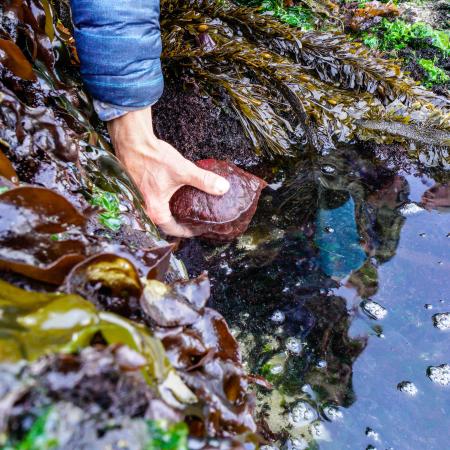Shining the light on arthropods
Three million specimens of spiders, butterflies, beetles and other insects reside in the Oregon State Arthropod Collection (OSAC), making it the largest entomological research collection in the Pacific Northwest.
While the small-but-mighty collection exclusively houses arthropods—invertebrates with segmented limbs—it provides rich coverage of the region’s biodiversity that rivals the larger Pacific Northwest insect collections in the Smithsonian.
OSAC Director David R. Maddison and curator Christopher J. Marshall describe the research collection as an archive of biodiversity that gives researchers access to examples of local and global species. The 140-year old research collection has helped researchers and insect enthusiasts develop an understanding of the region’s insect and arthropod fauna and to learn about new species as they are discovered.
“We’re really useful to conservationists who use the collection to track changes in our native insects. With our many expertly identified specimens, the museum also helps people confirm an identification,” says Marshall.
Similar to a library, the museum serves diverse patrons. Last year, the OSAC provided support for OSU researchers and students exploring a wide range of areas, including phylogenetic studies of ground beetles; conservation projects of local pollinators; new beetle, butterfly and fly species; and the ecology and potential control agents for new agricultural pests.
OSAC hosts tours for the public and for undergraduate classes, advancing OSU’s outreach and teaching mission. Marshall uses specimens to illustrate general principles of biology, evolution and the importance of biodiversity and conservation. OSAC grew primarily from 1930 through the 1970s, but specimens date back to the 1800’s and new material arrives weekly. The limited space and resources make it challenging to decide what can be archived.
“With global climate change and extinction rampant, there has never been a more important time to get new material in so that researchers will have examples to see and study before they disappear,” says Marshall.
The average person may think the brightest colored insects, such as the iridescent emerald green Scarab beetles, would be the superstars of the collection, but they should think again.
“If I show you a big showy insect you might think ‘awesome,’ but those specimens aren’t the ones that really make our collection valuable,” says Marshall.
It’s the uniqueness of the data a specimen offers that determines its value to the OSAC, explains Marshall. To put it another way, saving only the big and the beautiful would be like only saving coffee table books in a library.




